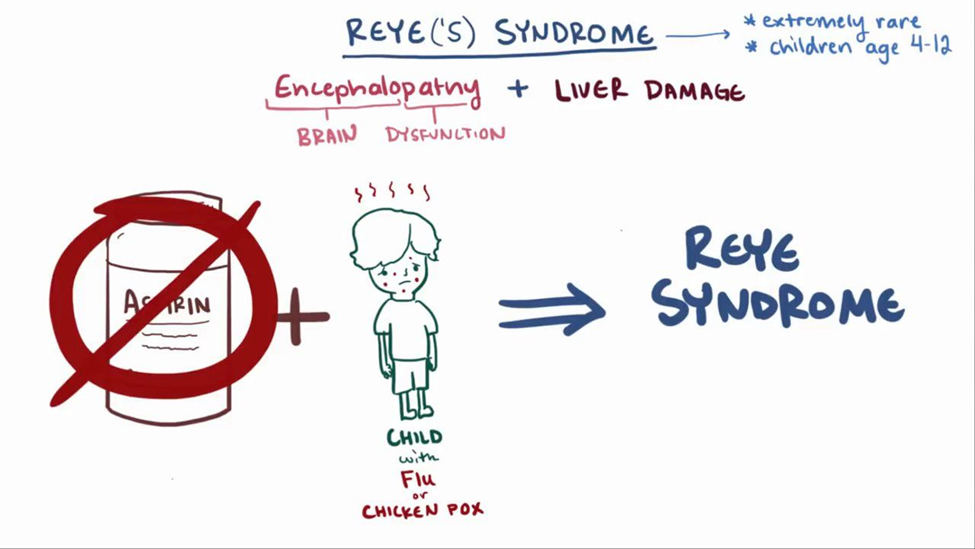The nurse prepares to administer benztropine to the patient with Parkinson's Disease. The nurse holds the dose and notifies the physician based on which assessment finding?
A respiratory rate of 14
A pulse of 102
Blood pressure of 88/60 mmHg
A temperature of 100.2°F
The Correct Answer is C
A. A respiratory rate of 14
A respiratory rate of 14 is within the normal range and is not typically a reason to hold benztropine. Respiratory depression is not a common side effect of this medication.
B. A pulse of 102
A pulse rate of 102 is also within the normal range, and changes in heart rate are generally not a prominent side effect of benztropine. This finding alone is not a typical reason to hold the medication.
C. Blood pressure of 88/60 mmHg
This is the correct choice. Anticholinergic medications, like benztropine, can cause side effects such as a decrease in blood pressure. A blood pressure of 88/60 mmHg may be a concern, and the nurse should hold the dose and notify the physician.
D. A temperature of 100.2°F
An elevated temperature of 100.2°F is not a direct contraindication to benztropine administration. Fever is not a typical side effect of this medication, so an increased temperature alone is not a reason to hold the dose.
Nursing Test Bank
Naxlex Comprehensive Predictor Exams
Related Questions
Correct Answer is D
Explanation
A. Aspirin has the potential to cause gastrointestinal (GI) bleeding in children.
While it is true that aspirin can cause GI bleeding, this is not the primary concern in this scenario. Reye's syndrome, a severe and potentially fatal condition, is the more significant worry when aspirin is given to children with viral infections.
B. Aspirin has the potential to cause hyperglycemia.
Hyperglycemia (high blood sugar) is not a known effect of aspirin in children. Aspirin is not typically associated with glucose metabolism issues.
C. Aspirin has the potential to cause ringing in the ears (tinnitus) in children.
Tinnitus can occur with aspirin use, but it is not the primary concern in this situation. Reye's syndrome is a more serious and immediate risk associated with aspirin use in children with viral infections.
D. Aspirin has the potential to cause Reye's syndrome in children.
This is the correct and most significant concern. Reye's syndrome is a rare but severe condition associated with aspirin use in children during or after viral infections. It affects the liver and brain and can be life-threatening.

Correct Answer is D
Explanation
A. Bradycardia
Bradycardia is not a common side effect of diphenoxylate with atropine. Atropine, which is included in the combination, has anticholinergic effects that can lead to an increased heart rate (tachycardia), not bradycardia.
B. Fluid retention
Fluid retention is not a common side effect of diphenoxylate with atropine. In fact, the medication is used to treat severe diarrhea, and the goal is to decrease fluid loss associated with diarrhea rather than causing fluid retention.
C. Nervousness and tremors
Nervousness and tremors are not common side effects of diphenoxylate with atropine. Atropine's anticholinergic effects may cause nervousness, but these effects are generally not prominent at therapeutic doses.
D. Respiratory depression
This is the correct choice. Respiratory depression is a potential side effect of diphenoxylate with atropine, particularly if the medication is misused or taken in excessive amounts. Atropine is included in the combination to discourage misuse, as it can cause unpleasant anticholinergic effects.
Whether you are a student looking to ace your exams or a practicing nurse seeking to enhance your expertise , our nursing education contents will empower you with the confidence and competence to make a difference in the lives of patients and become a respected leader in the healthcare field.
Visit Naxlex, invest in your future and unlock endless possibilities with our unparalleled nursing education contents today
Report Wrong Answer on the Current Question
Do you disagree with the answer? If yes, what is your expected answer? Explain.
Kindly be descriptive with the issue you are facing.
